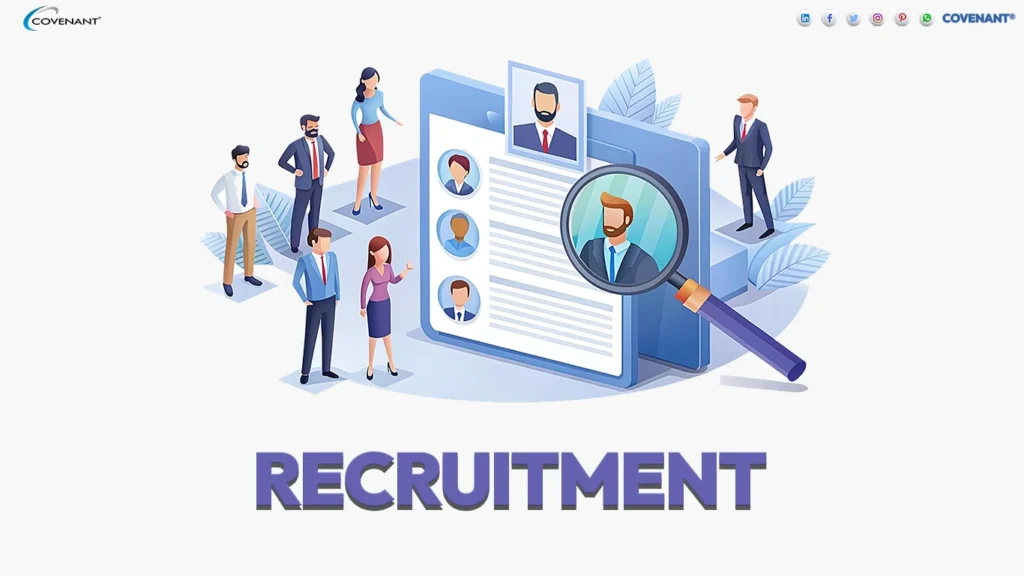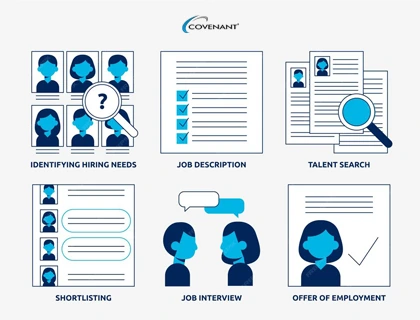-
Email
mark@covenantindia.net -
Phone
+91-984-127-9969 -
Corporate Address
Covenant India,
One Indiabulls Park, Tower - B, 4th Floor, Plot No 14, 3rd Main Road, Plot No 14, 3rd Main Road, Ambattur Industrial Estate, Chennai - 600 058. India
Copyright © Covenant® 2003 - 2025 | All Rights Reserved.









